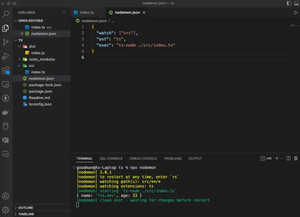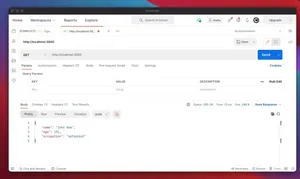Building a GraphQL API with Node.js and Apollo Server is a streamlined process that gives you the power to describe your data schema and provide a unified API endpoint. In this guide, you will be taken through a comprehensive journey from setting up your Node.js environment to deploying a fully functioning GraphQL API.
The Steps
Initial Setup
First, ensure you have Node.js and npm (Node Package Manager) installed. Create a new directory for your project, and initialize a new Node.js application by running:
mkdir graphql-api && cd graphql-api
npm init -y
Installing Apollo Server and GraphQL
The Apollo Server library provides a simple way to create a GraphQL API server. To install Apollo Server along with the graphql package, run:
npm install apollo-server graphql
Defining the GraphQL Schema
Your GraphQL API schema defines the types and relationships within your data. Here is a simple example:
const typeDefs = `
type Query {
hello: String
}`;
Creating Resolvers
Next, define the resolvers which are functions that generate a response for a GraphQL query. An example for the above schema is:
const resolvers = {
Query: {
hello: () => 'Hello world!',
},
};
Setting Up Apollo Server
Instantiate Apollo Server and pass in type definitions and resolvers, then start the server:
const { ApolloServer } = require('apollo-server');
const server = new ApolloServer({ typeDefs, resolvers });
server.listen().then(({ url }) => {
console.log(`Server ready at ${url}`);
});
Complete Code Example
Here is a simple application that brings everything together and starts your GraphQL API server:
const { ApolloServer } = require('apollo-server');
const gql = require('graphql-tag');
const typeDefs = gql`
type Query {
hello: String
}`;
const resolvers = {
Query: {
hello: () => 'Hello world!',
},
};
const server = new ApolloServer({ typeDefs, resolvers });
server.listen().then(({ url }) => {
console.log(`Server ready at ${url}`);
});
Conclusion
You’ve just created a basic GraphQL API server using Node.js and Apollo Server. This endpoint now responds to queries at the ‘/graphql’ URI. The approach we’ve explored can be expanded with more complex types, relationships, and data fetch from databases as per your application’s needs.

